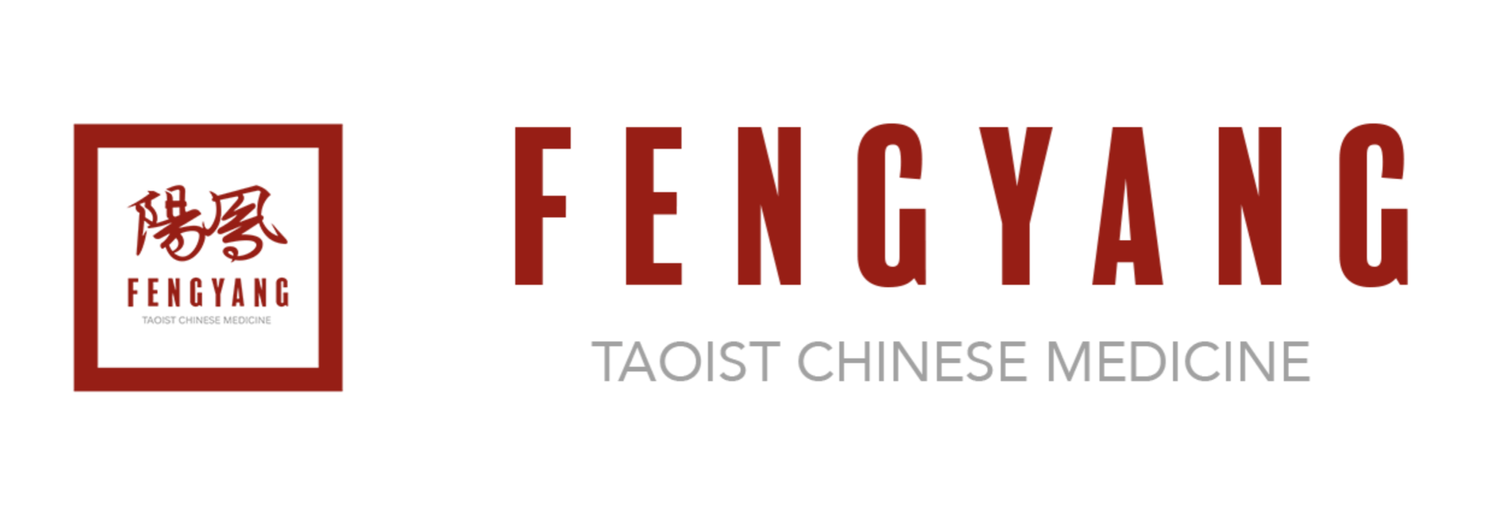Learn About Chinese Herbs -Tong Cao (Medulla Tetrapanacis)-
Tong Cao (Medulla Tetrapanacis)
This product is a more commonly used traditional Chinese medicine "Shennong's Materia Medica《神农本草经》" it is listed as a medium grade herb. The plant origin is complex. The commodities are mainly divided into two categories: hollow version and solid version. Both are equally medicinal, with the former being the mainstay.
1. Hollow Tong Cao
Aliases: Da Tong Cao, Tong Tuo Mu.
Source: Tetrapanax papyiferus (Hook.) K. Koch. of the dry stem pith. Mostly wild.
Origin: Mainly produced in Guizhou, Yunnan, Sichuan, Guangxi and Taiwan.
Trait identification: the stem pith is cylindrical, about 30~50cm long, and 1.5~2cm in diameter. The surface is white with longitudinal texture. There is a translucent circular film with a diameter of about 0.5~1cm in the center, and the neatly arranged intervals can be seen after longitudinal section. The body is very light and loose, floats in water, and is hygroscopic. It is easy to break, the fracture surface is flat, and it shows silvery-white flash. There is no smell, and the taste is light. It is better to have a thick strip, a white color, and a film in the center.
2. Solid Tong Cao
Aliases: Small Tong Cao, Tong Cao Gun.
Source: Stachyurus himalaicus hook f.et thoms. and the dried stem pith of plants of the same genus, all wild.
Origin: Sichuan, Hubei, Jiangxi, Guangxi, Shaanxi, Gansu and other places.
Trait identification: the stem pith is thin cylindrical, with different lengths and a diameter of 0.4~1cm. The surface is white or yellowish, flat, without longitudinal texture, soft, bendable, and can be deformed by hand pinching. The section is white and there is no hollow. After water immersion, there is a sticky and slippery feeling on the surface and section. There is no smell and taste is light. It is better to have uniform strips, white color, and no mildew.
Main ingredients: contains inositol.
Pharmacological effects: (1) diuretic; (2) Promote milk secretion.
Processing: Cut into raw sections.
Taste: sweet, light, cold.
Meridian: into the lungs, stomach meridian.
Function: diuresis and heat clearing, ventilation and create milk.
Indications: heat damp and difficult urination, gonorrhea, urinary obstruction, edema, and milk loss.
Clinical application
(1) It is used for maternal milk and is a commonly used drug for breastfeeding. It is often paired with Wang Bu Liu Xing and Chuan Shan Jia, such as in Milk Producing Formula.
(2) It is used for damp heat syndrome, thirst, unfavorable urination, used with Hua Shi, Sheng Di, Dan Zhu Ye, etc.
Caution for use: Pregnant women should use with caution.
Dosage: 3~6g.
Prescription examples
‧ Milk Producing Formula: Tong Cao 6g, Zhi Shan Jia 9g, Wang Bu Liu Xing 9g, decoction in water. If you can add 90g of Zhu Ti into decoction, it is better.
Annotations
1. The Da Tong Cao is spun into a paper shape with a special planing knife, and then cut into 9~10cm square slices, called "Fang tong", and often used for handicrafts. When cutting a Fang Tong, the leftovers are referred to as Tong Cao Strands.
2. The source of the solid centered Xiao Tong Cao is extremely complex, and the plants of the family and its genus are as follows: Shui Liangzi, Ovarian Flower, Willow Leaf Flower, Yunnan Flower, Sichuan Flower...... The stem pith can all be used as Xiao Tong Cao. It is not easy to distinguish between the goods. In some areas such as Inner Mongolia, Henan, Shaanxi, Gansu, Shanghai, Hunan, Hubei and other places, the stem pith of the Rosaceae plant Begonia flower is also used as a herbal medicine, and its stem pith is similar to the stem pith of the Tongtiao tree, only the surface color is darker, mostly yellowish-white, and there are shallow longitudinal grooves or longitudinal lines.
3. Yunnan and Sichuan use another solid centered Tong Cao, the stem pith is cylindrical, with a diameter of 1.5~4cm. The surface is yellowish-white or yellowish-brown with light longitudinal lines. The body is light and dense, and it is not easy to deform when pinched by hand, and there is no sticky and slippery feeling and no smell after water immersion. Some believe that it is the stem pith of the old stem of the tree. The original plant is unknown, and further research is needed.
4. A kind of Geng Tong Cao is produced in Jiangsu and Zhejiang, and its source is the dry xylem of the depleted outer skin of the germinating stem of the leguminous annual semi-shrub-like herbaceous plant. The product is cylindrical, tapering at the upper end, and has a diameter of 1~3cm. The surface is yellowish-white, uneven, faintly visible with concentric rings, and there are small holes in the center. Odorless. In the past, it was often folded into small pieces and used as a cork. It is also used as herbal medicine when the supply of what normally constitutes Tong Cao is insufficient.
5. In Hunan, Hubei and Yunnan, the stem pith or branch pith of the dogwood plant green pod leaves, Himalayan green pod leaves and Chinese green pod leaves are also used as Xiao Tong Cao.
Disclaimer: All above articles are for reference only. If patients are interested, please consult a professional practitioner Traditional Chinese Medicine for a consultation.



